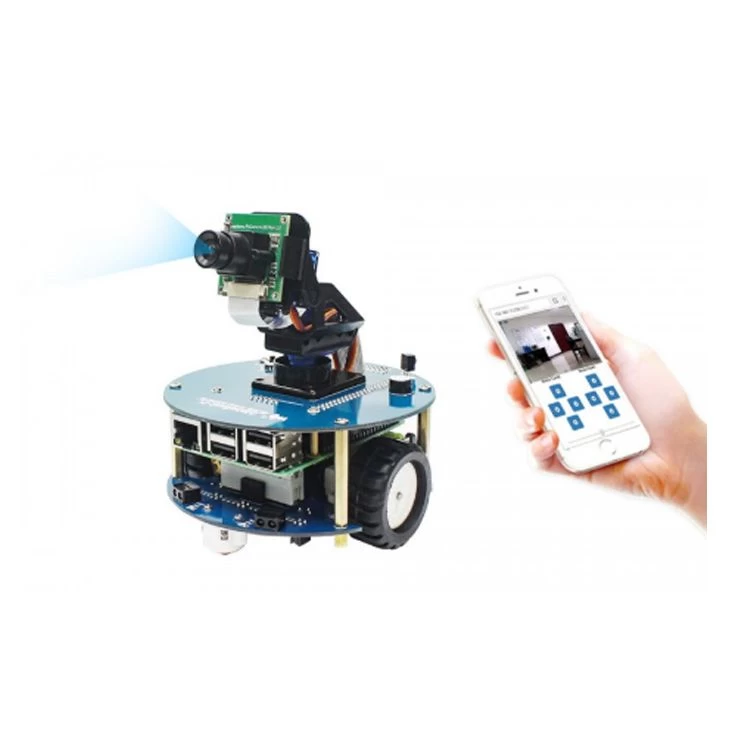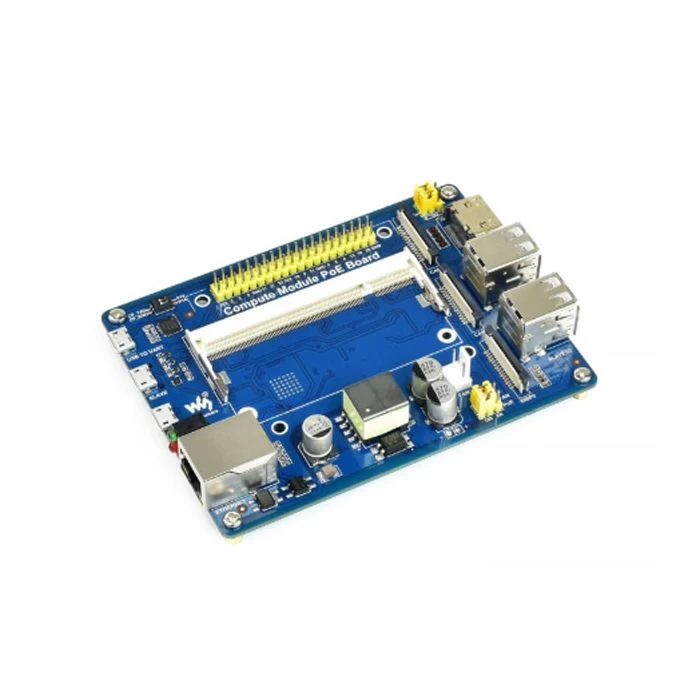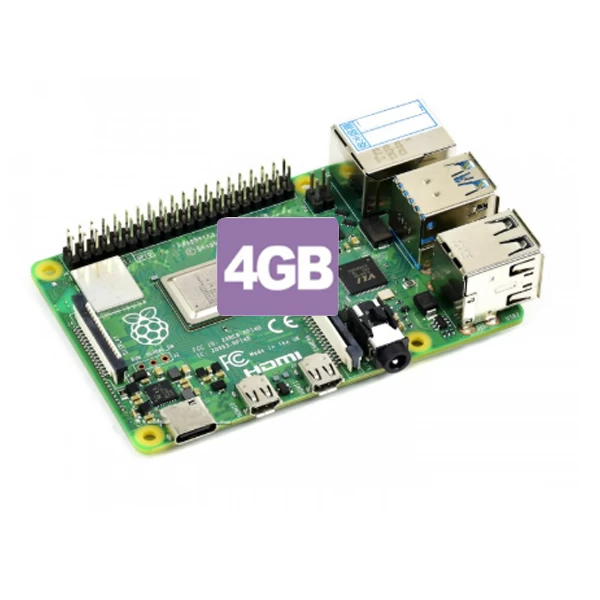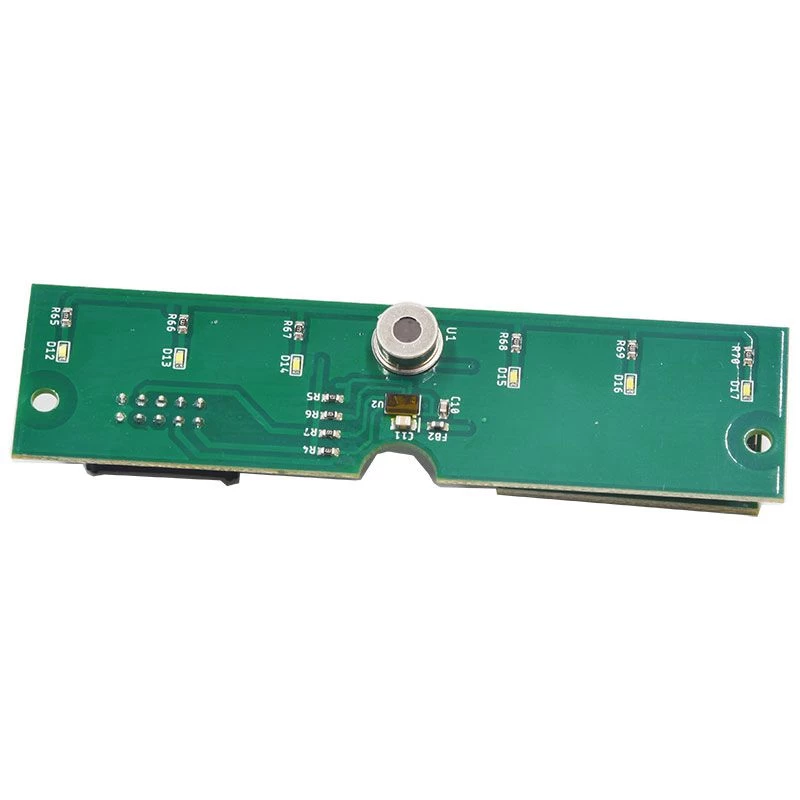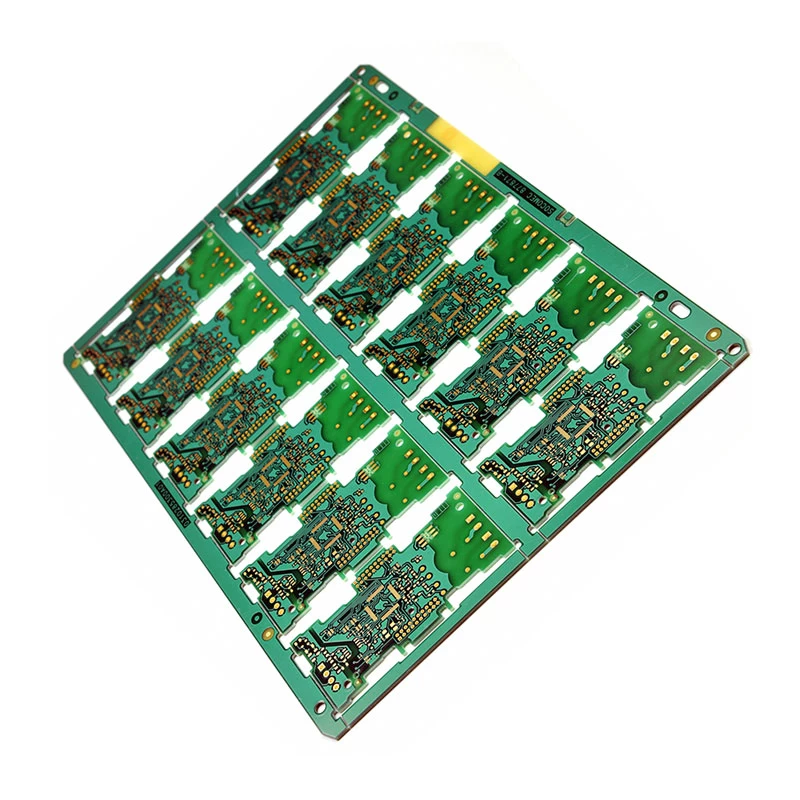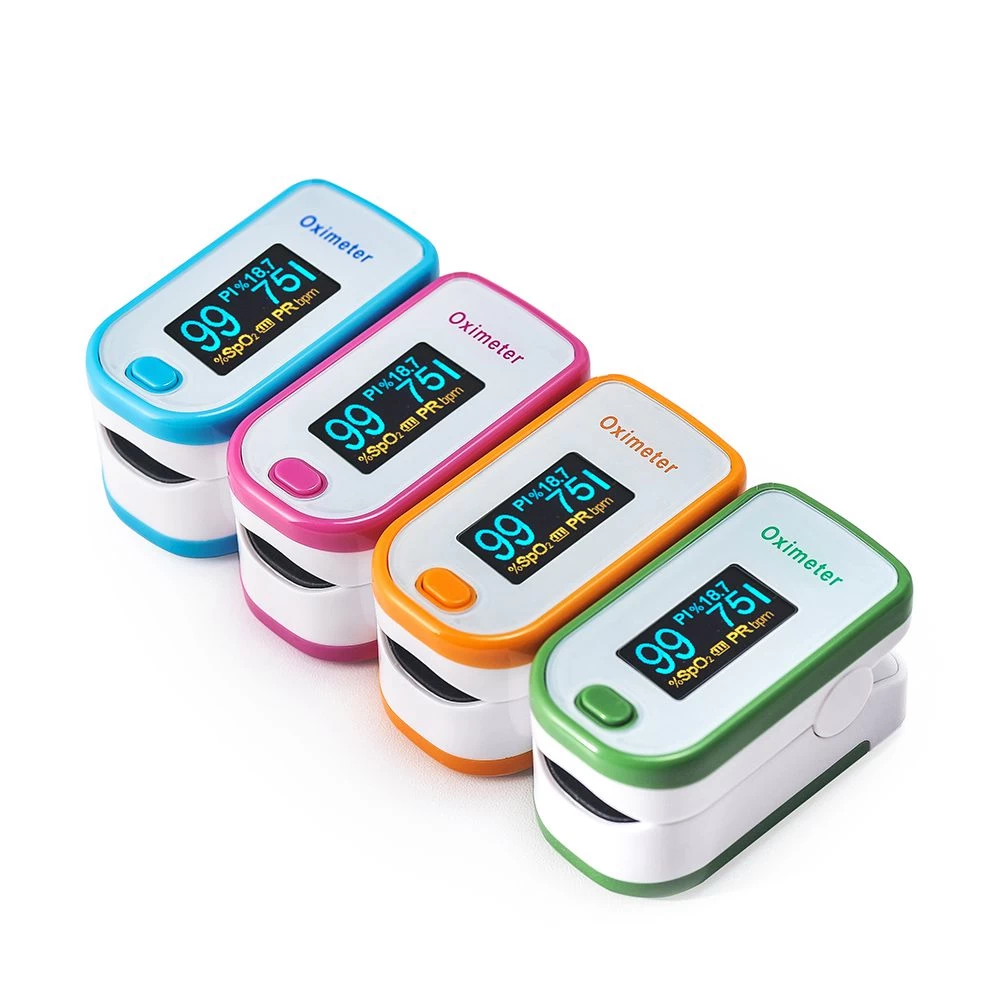South Korea's PCB Conversely Grows in 2017 The output value exceeds US$8.7 billion
o-leading
o-leading.com
2018-05-02 18:06:19

In 2017, South Korea's PCB output value reached 101,000 billion won (approximately US$8.707 billion). Compared with 2016, the annual growth rate was 12.7%, ranking third in the world PCB production and sales scale.
At the Korea International Electronic Circuit Industry Exhibition recently held, the Korea Printed Circuit Industry Association (KPCA) released statistics on the operation of the Korean PCB industry in 2017 in accordance with the practice in recent years.
Data show that in 2017 South Korea's PCB output value reached 101,000 billion won (about 8.707 billion US dollars), compared with 2016, the annual growth rate of 12.7%, ranking third in the world PCB production and marketing scale. It is expected that by 2018, it will increase by 9.9% from 2017, reaching an amount of 1.1 trillion won.
According to the output value of PCB sorting products, the rigid PCB output value (including conventional multi-layer boards, HDI boards, and rigid single and double-sided panels) reached 42.4 billion won (approximately US$3.66 billion), and the flexible PCB output value (including single and double flexible panels, Flexible multilayer and rigid-flexible bonded boards reached 3,434 billion won (US$2,960 million); IC package carrier output value reached 2442.4 billion won (approximately US$3.66 billion), which is among the seven major categories of PCBs The highest output value, 24% of the total output value.
In addition, KPCA also reported and released the production value of major raw materials for PCBs in Korea in 2017. The production value of rigid copper clad laminates reached 472.68 billion won (approximately US$407 million); the output value of prepreg was 90.90 billion won (approximately US$78 million); the output of flexible substrate materials (including flexible copper clad laminates, cover films, and adhesive films) It reached 539.34 billion won (approximately 465 million U.S. dollars); electronic copper foil production value reached 109.08 billion won (approximately 094 million U.S. dollars).
At the Korea International Electronic Circuit Industry Exhibition recently held, the Korea Printed Circuit Industry Association (KPCA) released statistics on the operation of the Korean PCB industry in 2017 in accordance with the practice in recent years.
Data show that in 2017 South Korea's PCB output value reached 101,000 billion won (about 8.707 billion US dollars), compared with 2016, the annual growth rate of 12.7%, ranking third in the world PCB production and marketing scale. It is expected that by 2018, it will increase by 9.9% from 2017, reaching an amount of 1.1 trillion won.
According to the output value of PCB sorting products, the rigid PCB output value (including conventional multi-layer boards, HDI boards, and rigid single and double-sided panels) reached 42.4 billion won (approximately US$3.66 billion), and the flexible PCB output value (including single and double flexible panels, Flexible multilayer and rigid-flexible bonded boards reached 3,434 billion won (US$2,960 million); IC package carrier output value reached 2442.4 billion won (approximately US$3.66 billion), which is among the seven major categories of PCBs The highest output value, 24% of the total output value.
In addition, KPCA also reported and released the production value of major raw materials for PCBs in Korea in 2017. The production value of rigid copper clad laminates reached 472.68 billion won (approximately US$407 million); the output value of prepreg was 90.90 billion won (approximately US$78 million); the output of flexible substrate materials (including flexible copper clad laminates, cover films, and adhesive films) It reached 539.34 billion won (approximately 465 million U.S. dollars); electronic copper foil production value reached 109.08 billion won (approximately 094 million U.S. dollars).
The output value of the main auxiliary materials and tools for PCBs in South Korea reached 296 billion won (about 255 million won). Among them, the output values of solder resist, dry film, CNC drill bits, and router bits accounted for 32% of the total output of the main auxiliary materials and tools for PCBs. 38%; 19% and 11%.
If you want to know more information about PCBs, please click the link Printed circuit board in china.













